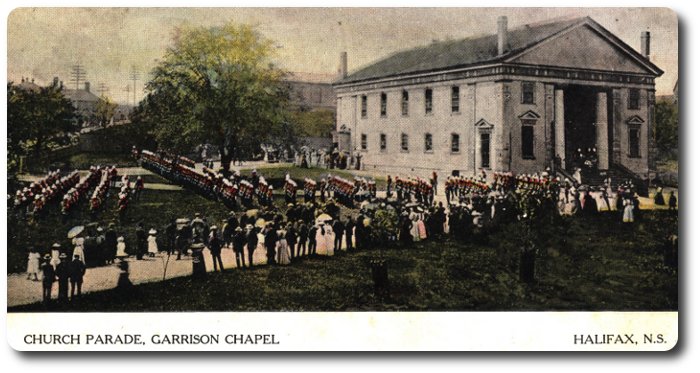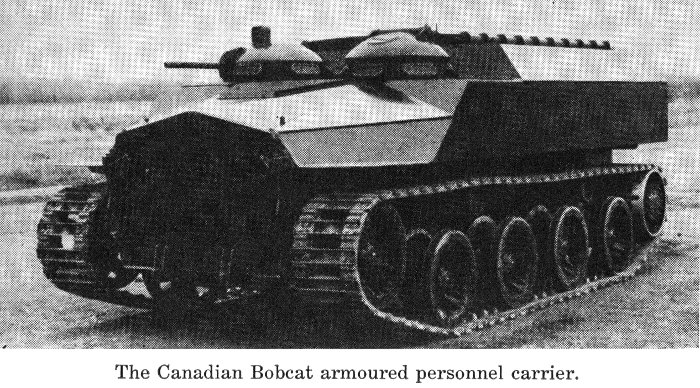Increase in Defence Spending (1937)
Topic: DND
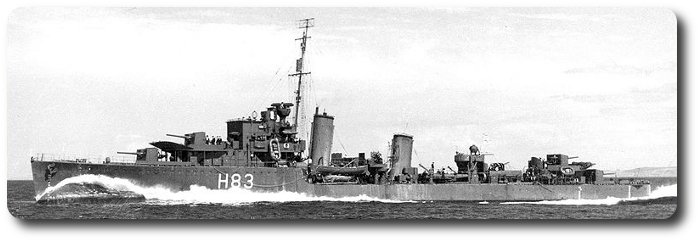
H.M.C.S. St Laurent; 20 August 1941
Increase in Defence Spending (1937)
Reveal and Notable Increase in Amount for Defense
Ottawa Citizen, 19 January, 1937
Canada's national defence estimates brought down last night in the House of Commons have soared this year. The military, naval and air forces will need altogether $33,730,83. For these three services there is an increase over last year's main estimates of $14,363,434.
In the last fiscal year, however, the Defence Department continued to operate relief camps and controlled civil aviation. These two items cost $4,409,644 a year ago. Relief camps have been dropped, and civil aviation is now a branch of the Department of Transport, so that they do not now appear in the defence estimates.
The Royal Canadian Air Force will consume $11,391,650, which is considerably more than twice the sum expended last year when the total was $4,685,028.
The militia services appropriation is $17,850,428, an increase of $5,831,502, while the estimate for the naval service is $4,486,810, or $1,832,310 more than last year.
For civil government air operations, the Defence Department asks for $361,000, which is a drop of $153,987 from last year.
To Increase R.C.A.F.
In a memorandum accompanying the tabling of the estimates it is shown that the personnel of the R.C.A.F. Is to be increased by 48 officers and 565 airmen, to a strength of 195 officers and 1,498 airmen, while an increase in the non-permanent sir force is contemplated, from 97 officers and 666 airmen to 118 officers and 946 airmen.
Provision is made for the acquisition of 102 airplanes. These will be distributed as follows:
Fighter, 12; army co-operation, 3; flying boats, 7; bomber, 24; torpedo bombing, 11; coastal reconnaissance , 18; training, 27.
This will bring the number of aircraft up to 284, of which many, however, are obsolete.
Make Aircraft in Canada
"Special efforts have been and will continue to be made," says the memorandum, "to have any new aircraft required by the Department of National Defence made in Canada; and the question of producing aero engines in Canada will continue to receive most careful attention."
The number of flying hours provided for in the estimates is double that of 1936-37. The organization of the non-permanent squadrons of the R.C.A.F. Will be advanced, and better training and equipment will be provided them.
"Of great importance," says the memorandum, "will be the construction of buildings and works in Nova Scotia, at Ottawa, Trenton, Vancouver, Vancouver Island, Prince Rupert, with minor additions or repairs at other points. Ground services are essential, and as much progress as possible will be made in this direction during the coming year.
"Some flying equipment, munitions, large stocks of tools, spare parts, as well as wireless telegraphy equipment, and mechanical transport will be obtained.
Increase in Navy
The Royal Canadian Navy will be increased by 373 men to 1,339 ranks and ratings. Other expenditures will embrace the increase in reserves of ammunition and torpedoes; harbor defence equipment, "particularly against submarines," at Halifax and Esquimalt; improved wireless equipment ashore; the constriction of four modern minesweepers, for which $750,000 is provided; naval share of joint service magazines at Esquimalt ($200,000).
"The department will continue to maintain four destroyers in commission," says the memorandum. "During the past year H.M.C.S. Champlain and Vancouver have been withdrawn and replaced by two efficient destroyers purchased from the government of the United Kingdom. These will be named H.M.C.S. Fraser and St Laurent.
Militia personnel provided for includes 465 officers and 3,760 other ranks in the permanent force. In the non-permanent active militia, provision is made to train 46,340 all ranks for periods of 10, 12, or 14 days according to the arm of the service.
Cadet services will be maintained on much same footing as in previous years.
Building Program
The building program in addition to other projects, includes the following:
Petawawa Camp, Ont.—some small auxiliary buildings and facilities will be erected, and some work done on the roads in this camp area.
Barriefield, Ont.—further accommodation for married personnel, a garage and work-shop for technical vehicles will be built, as will be a central heating plant.
Valcartier, Que.—the filling group of Dominion arsenal at Valcartier will be completed, and three magazines with heating plants put up.
Quebec—the re-building of the fortification walls will be continued.
Pacific Coast defences—certain "necessary construction" will be commenced and carried out as quickly as possible as several points on the Pacific Coast. A new ordnance building will be put up at Esquimalt. An auxiliary magazine site will be obtained and some preliminary work carried out towards its development.
The estimates provided for acquisition of additional coastal defence batteries, and sites for their location," says the memorandum.
"In view of the recent reorganization of the militia, provision has been made for the purchase of certain specimen items of new equipment, for instruction and training in the new types of units."

Posted by regimentalrogue
at 12:01 AM EDT
Updated: Friday, 25 April 2014 6:25 PM EDT
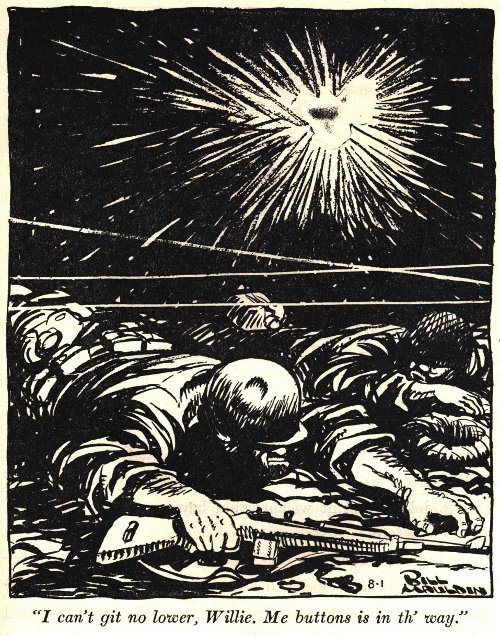


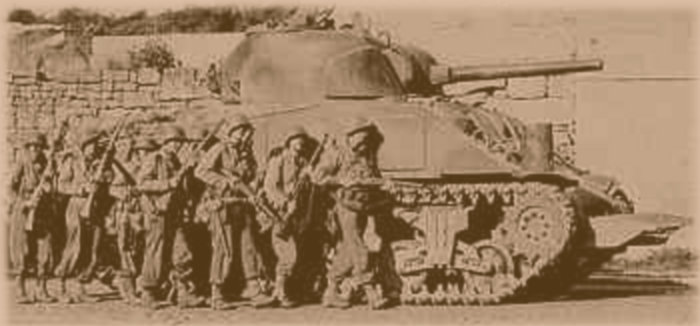



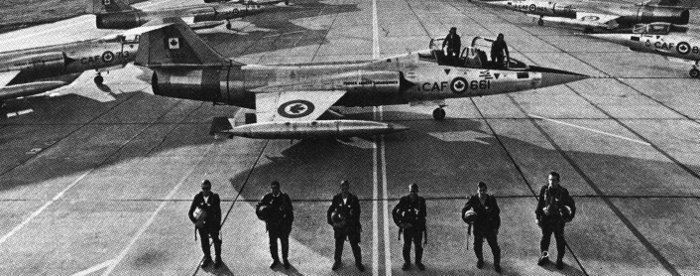
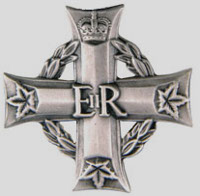

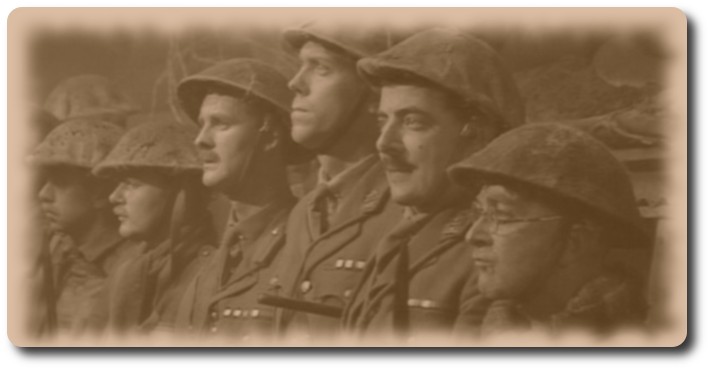

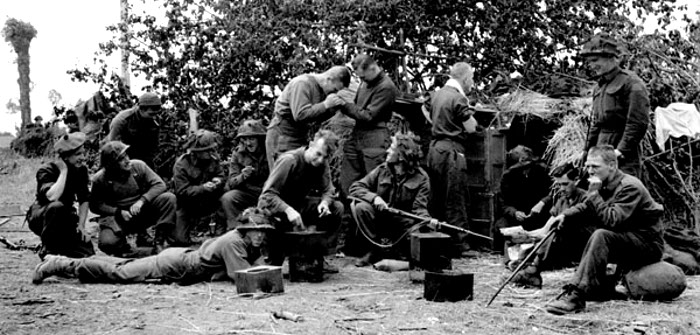

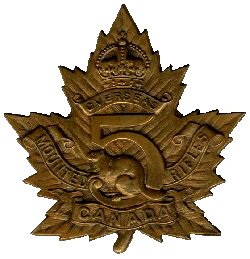 Many decorated heroes foregathered last evening at a dinner given at the
Many decorated heroes foregathered last evening at a dinner given at the 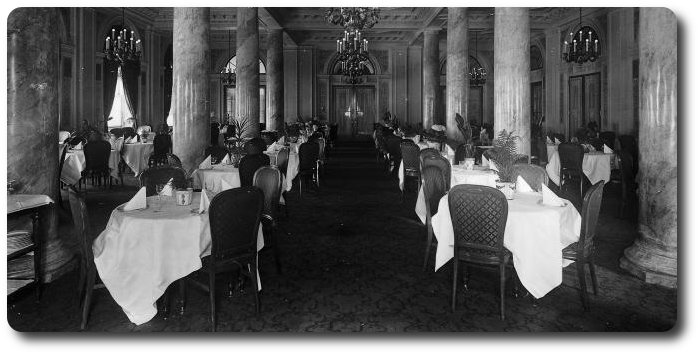
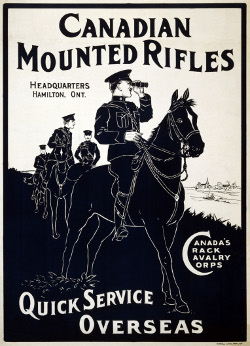 A warm reception was given Lieut.-Col. Rhoades when he rose to speak of the history of the Mounted Rifles and the splendid work they had done overseas. He remarked that the C.M.R. Had always worked together at the front as a happy family, officers and men always being willing to take their share of the hard work and hard knocks.
A warm reception was given Lieut.-Col. Rhoades when he rose to speak of the history of the Mounted Rifles and the splendid work they had done overseas. He remarked that the C.M.R. Had always worked together at the front as a happy family, officers and men always being willing to take their share of the hard work and hard knocks.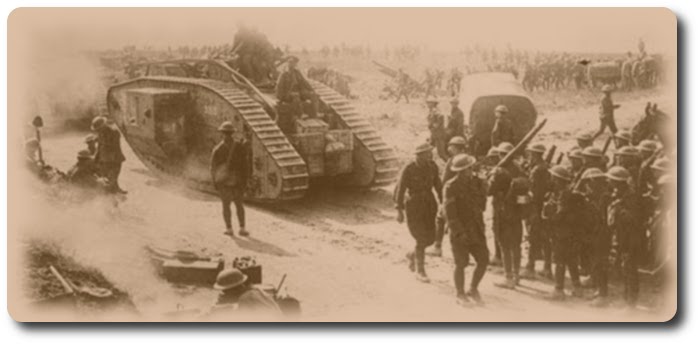
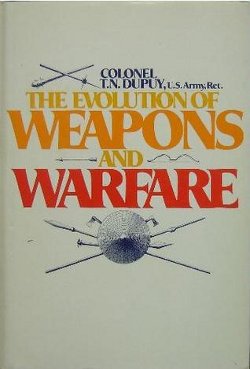
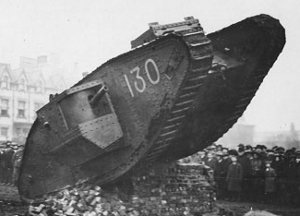 7. Once the infantry arrived. the tanks should move onto the next trench line, bringing it under enfilade fire and attacking enemy reserves and bombing parties moving up.
7. Once the infantry arrived. the tanks should move onto the next trench line, bringing it under enfilade fire and attacking enemy reserves and bombing parties moving up.
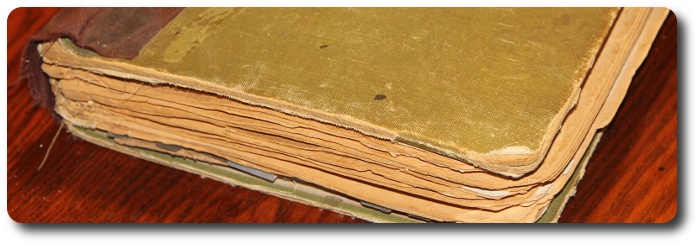
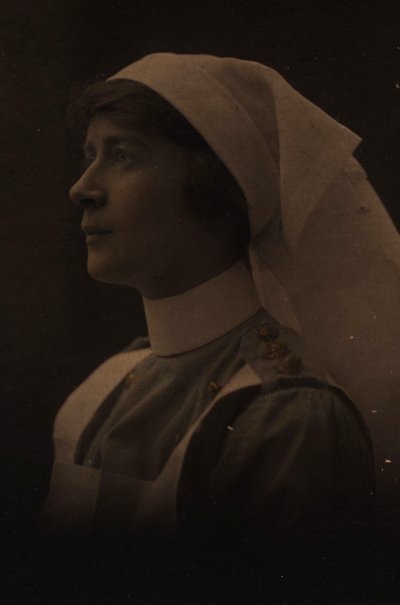 Ada Andrews Kemp was born in Essex Co., England on 2 June 1895. She emigrated to Canada in 1903 as a Bernardo foster child, i.e,, an orphan, where she lived in
Ada Andrews Kemp was born in Essex Co., England on 2 June 1895. She emigrated to Canada in 1903 as a Bernardo foster child, i.e,, an orphan, where she lived in 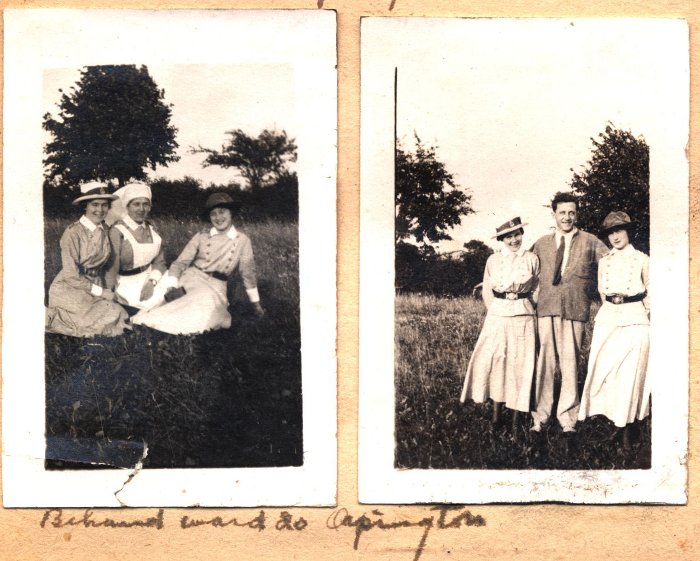
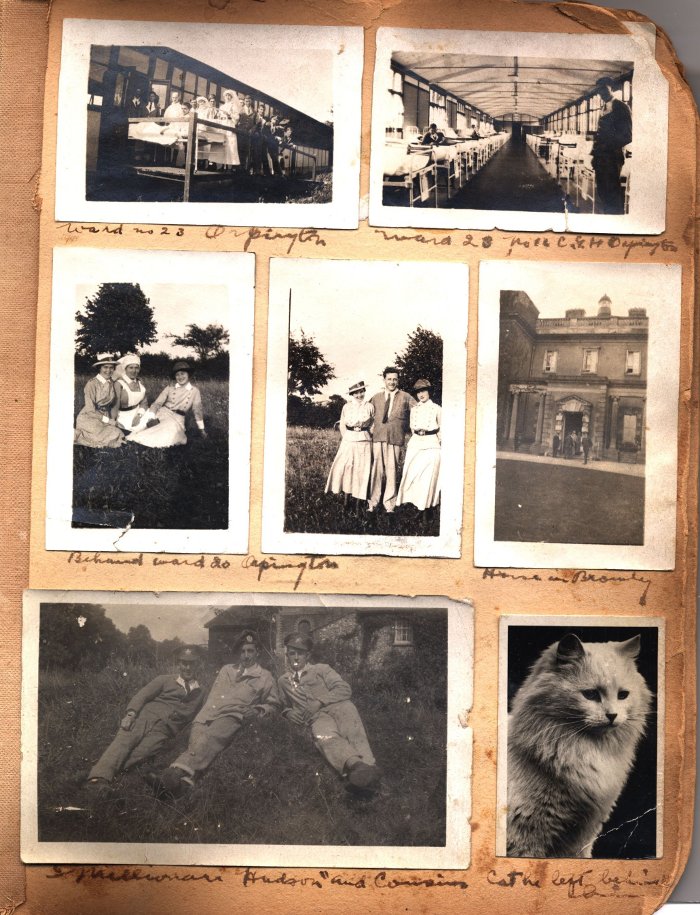
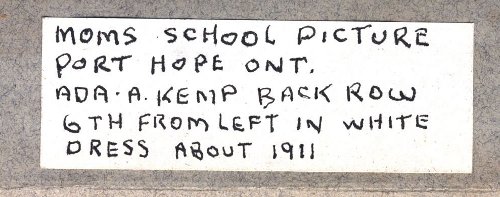
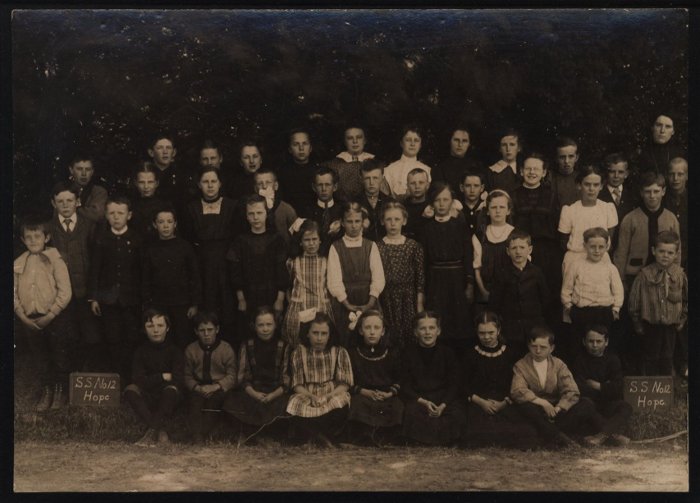
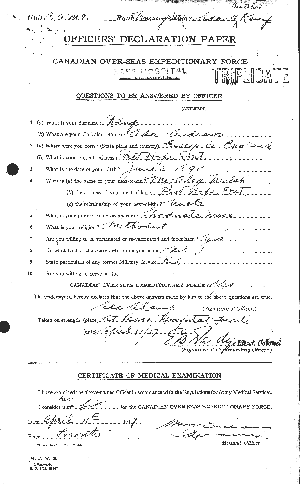
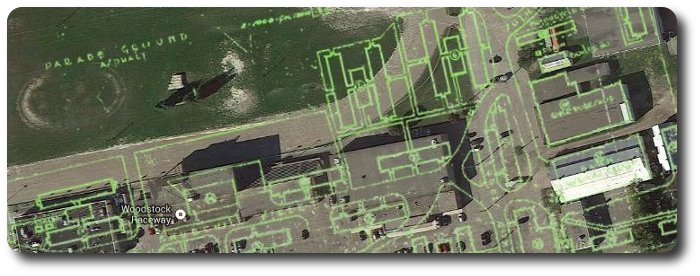
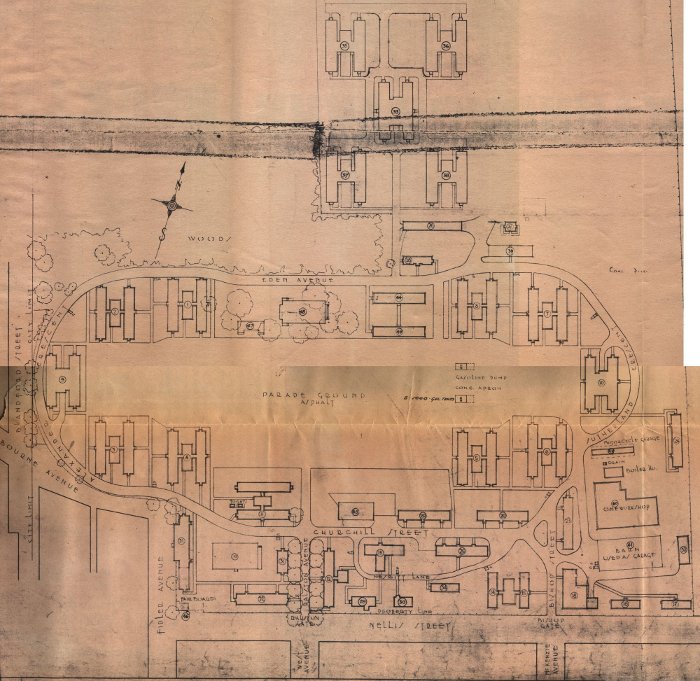
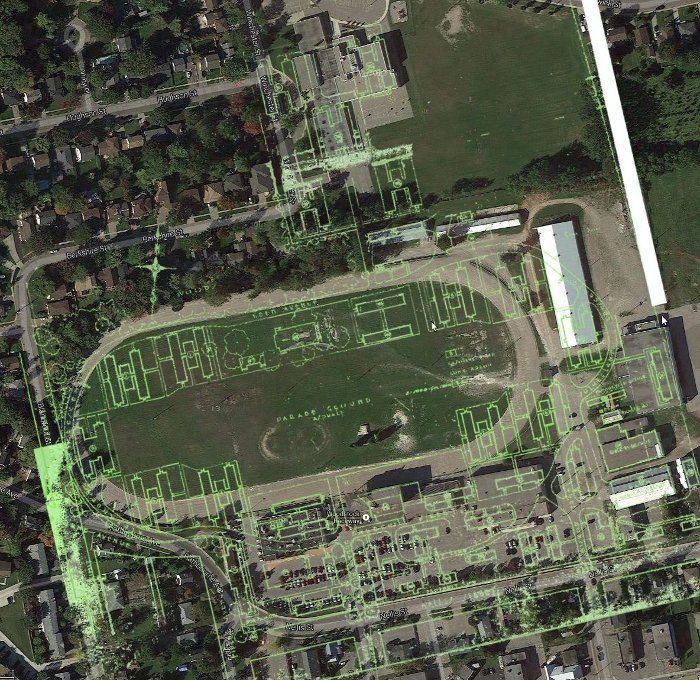
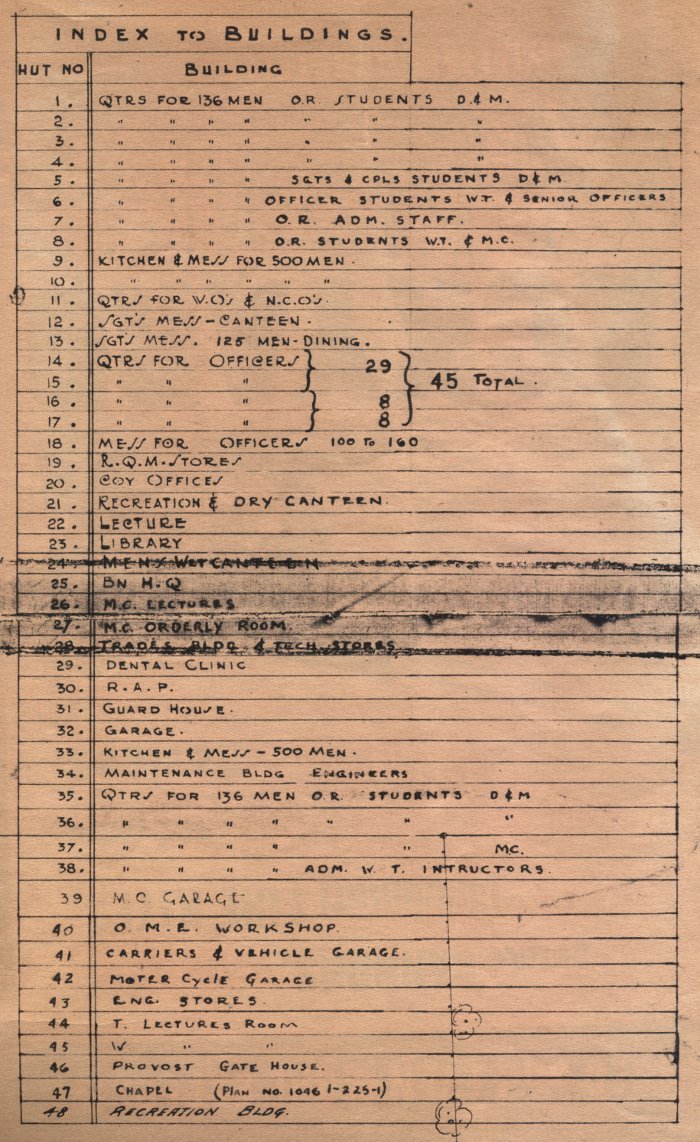
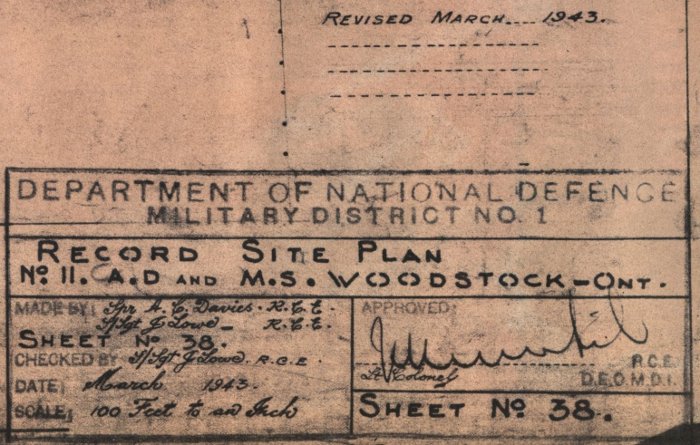
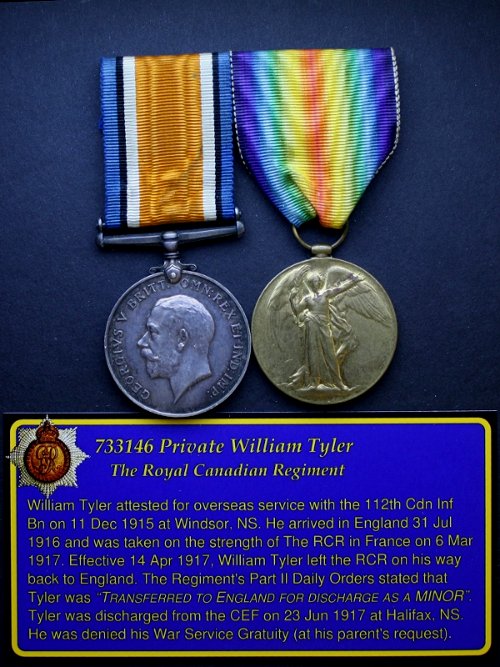


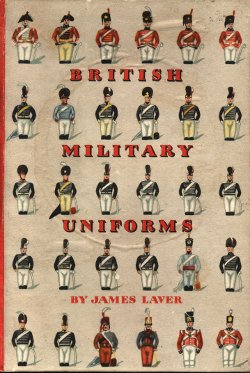 We have now followed, in a necessarily abbreviated and inadequate fashion, the history of British Military Uniforms from their beginning, with the rise of professional armies, to their virtual extinction under the conditions of modern, mechanized warfare. What conclusions, if any, can we come to at the end of our enquiry?
We have now followed, in a necessarily abbreviated and inadequate fashion, the history of British Military Uniforms from their beginning, with the rise of professional armies, to their virtual extinction under the conditions of modern, mechanized warfare. What conclusions, if any, can we come to at the end of our enquiry?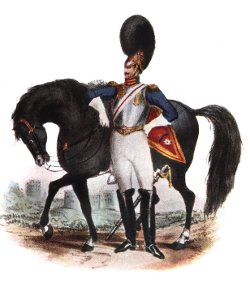 The utility principle has comparatively little influence on civilian costume. In modern male civilian dress it produces a succession of 'sports' clothes which gradually formalize themselves until they are too uncomfortable to be worn for any active pursuit and have to be replaced by something 'easier'. The same is true of military costume.
The utility principle has comparatively little influence on civilian costume. In modern male civilian dress it produces a succession of 'sports' clothes which gradually formalize themselves until they are too uncomfortable to be worn for any active pursuit and have to be replaced by something 'easier'. The same is true of military costume.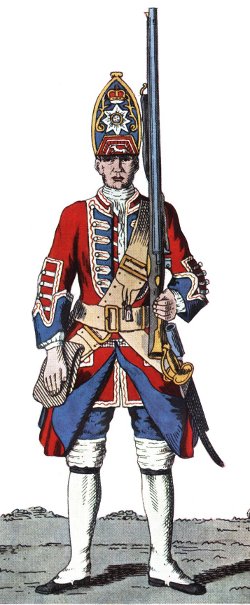 1. Military uniforms are the appurtenances of Kings' Bodyguards and the professional armies that developed from them. Their history is therefore very short – little more than than two hundred years.
1. Military uniforms are the appurtenances of Kings' Bodyguards and the professional armies that developed from them. Their history is therefore very short – little more than than two hundred years.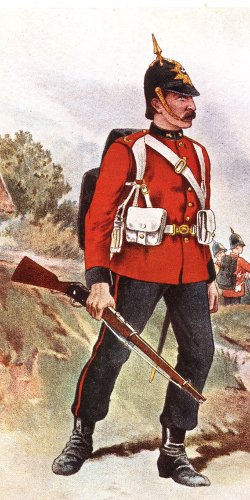 10. Cavalry uniforms follow certain peculiar lines of their own. They strive always for gorgeousness and display, and frequently develop decorations which make it impossible for their wearers to function as cavalry.
10. Cavalry uniforms follow certain peculiar lines of their own. They strive always for gorgeousness and display, and frequently develop decorations which make it impossible for their wearers to function as cavalry.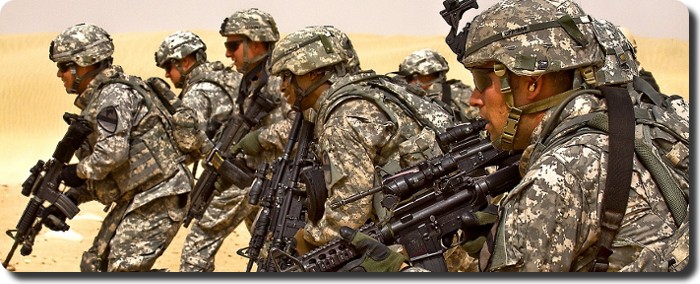
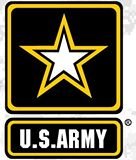 I am the Infantry—Queen of Battle! I meet the enemy face to face … close with him and destroy him. For two centuries, I have been the bulwark of our Nation's defense. I am the Infantry! Follow me!
I am the Infantry—Queen of Battle! I meet the enemy face to face … close with him and destroy him. For two centuries, I have been the bulwark of our Nation's defense. I am the Infantry! Follow me!
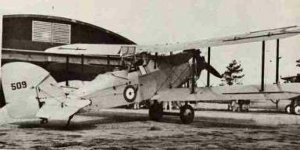
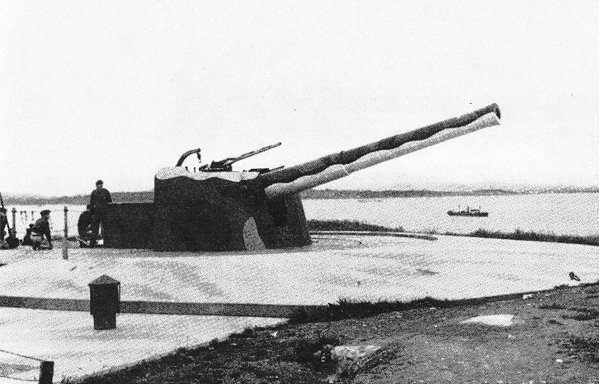

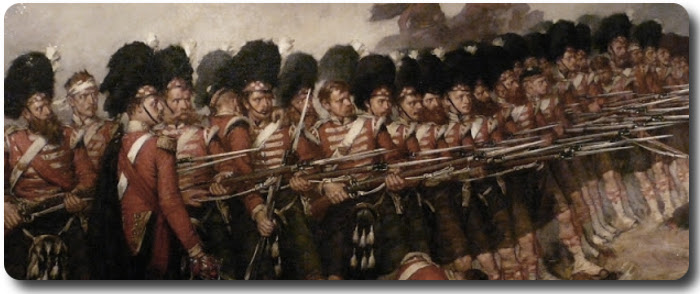
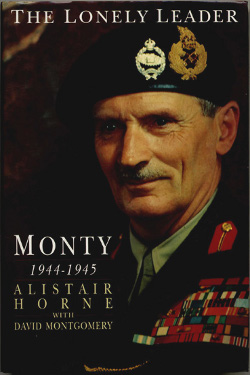 It is a truism that, in a peace-orientated democracy, the panoply of war generally reflects the civilian industrial base rather than that which it requires ideally to win a war. But, as
It is a truism that, in a peace-orientated democracy, the panoply of war generally reflects the civilian industrial base rather than that which it requires ideally to win a war. But, as 